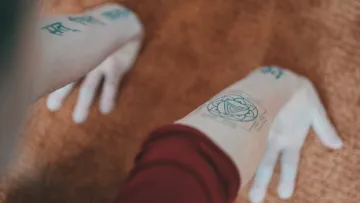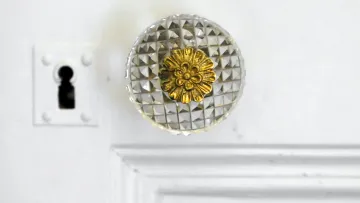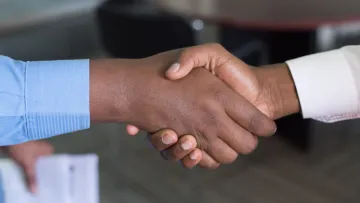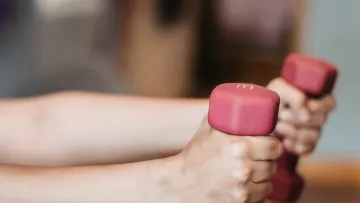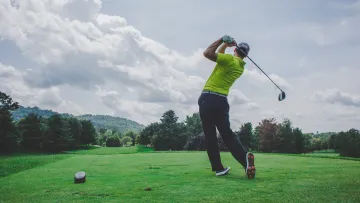The primary cause of golfer's elbow is overuse. Repetitive movements can lead to small tears in the tendon, which result in pain and inflammation. Sports such as golf, tennis, baseball, rowing, or weight lifting carry a greater risk for this type of injury, especially if athletes do not warm up appropriately beforehand. Additionally, certain professions are risk factors for golfer's elbow. For example, you are more likely to develop the condition if you are a:
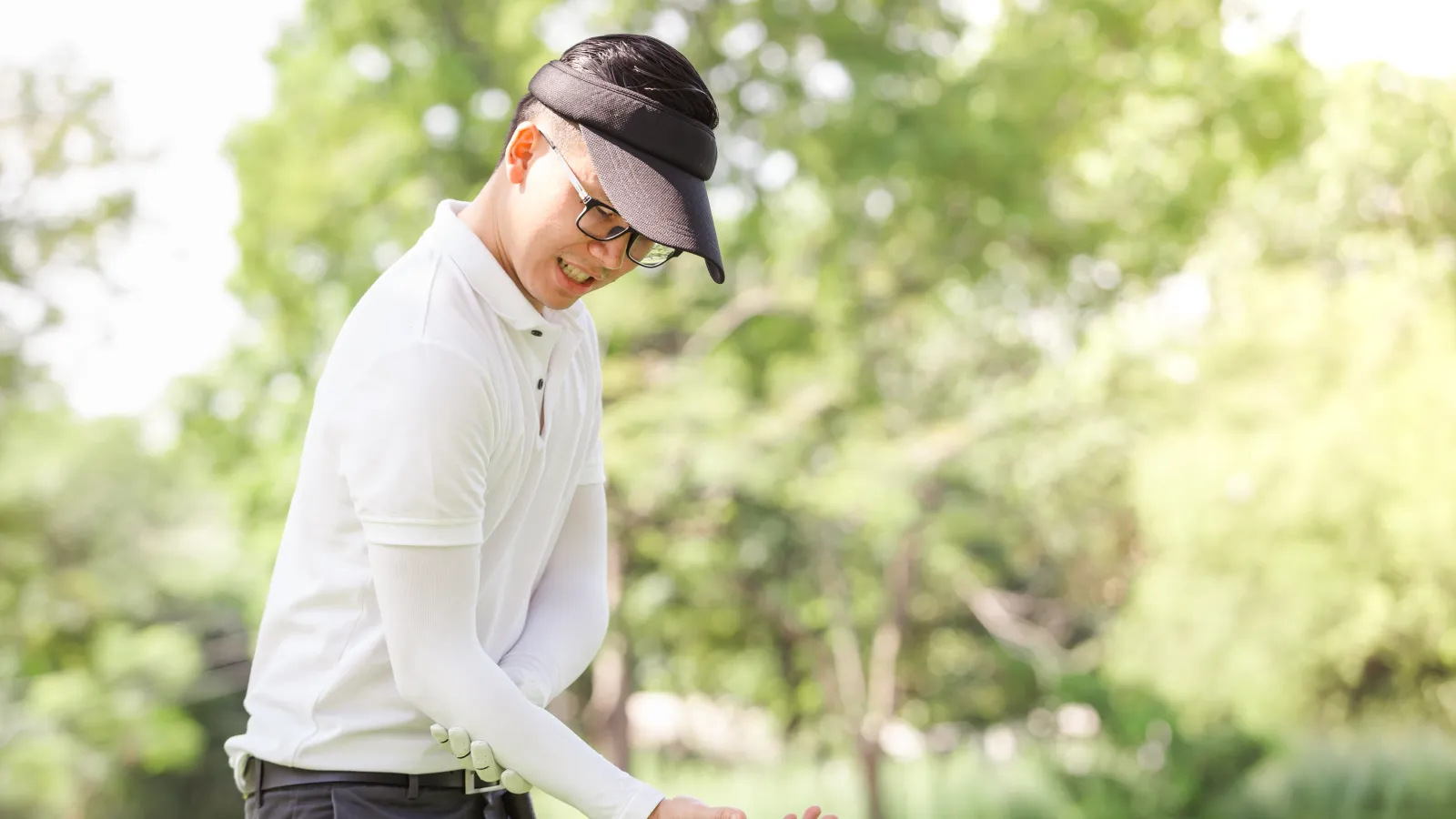
Golfer's Elbow
Understanding and Treating Golfer’s Elbow
Any time repetitive motion is performed, it can result in continual strain and discomfort. Medial epicondylitis, more commonly known as golfer's elbow, can cause pain and inflammation in the tendons connecting the forearm to the elbow. The condition is typically caused by repeated stress from sports or weight training and is similar to tennis elbow. However, while tennis elbow affects the outside of the elbow, golfer's elbow impacts the inside. Neither of these conditions is limited to athletes, though. Today, many cases of tennis and golfer's elbow are due to computer usage and other repetitive strain injuries.
At our Leander, TX, and Austin-area office locations, we provide a range of treatments for the elbow to relieve your symptoms through physical therapy, medications, or surgery.
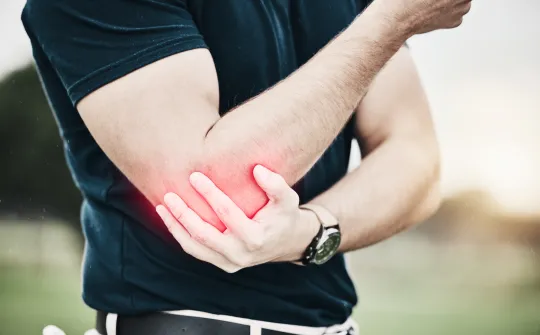
Our Elbow Expert
Common Symptoms
The pain associated with golfer's elbow may be acute or chronic, mild or severe. If an injury has occurred, symptoms may develop suddenly. If repetitive overuse is the culprit, the discomfort may develop gradually over time. Some of the most common symptoms associated with golfer's elbow include:
- Tenderness on the inside of the elbow: Patients often experience pain that radiates down the inner forearm.
- Stiffness: Many individuals experience stiffness in the elbow joint.
- Numbness: Tingling in the extremities is a common symptom of golfer's elbow. Numbness typically radiates into the ring and little fingers.
- Weakness: Patients may develop weakness in the hands and wrists.
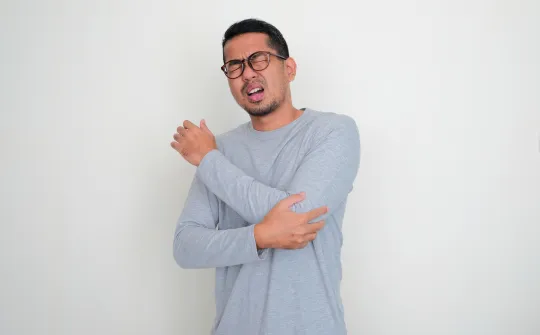
Discomfort typically worsens when certain movements are performed, such as:

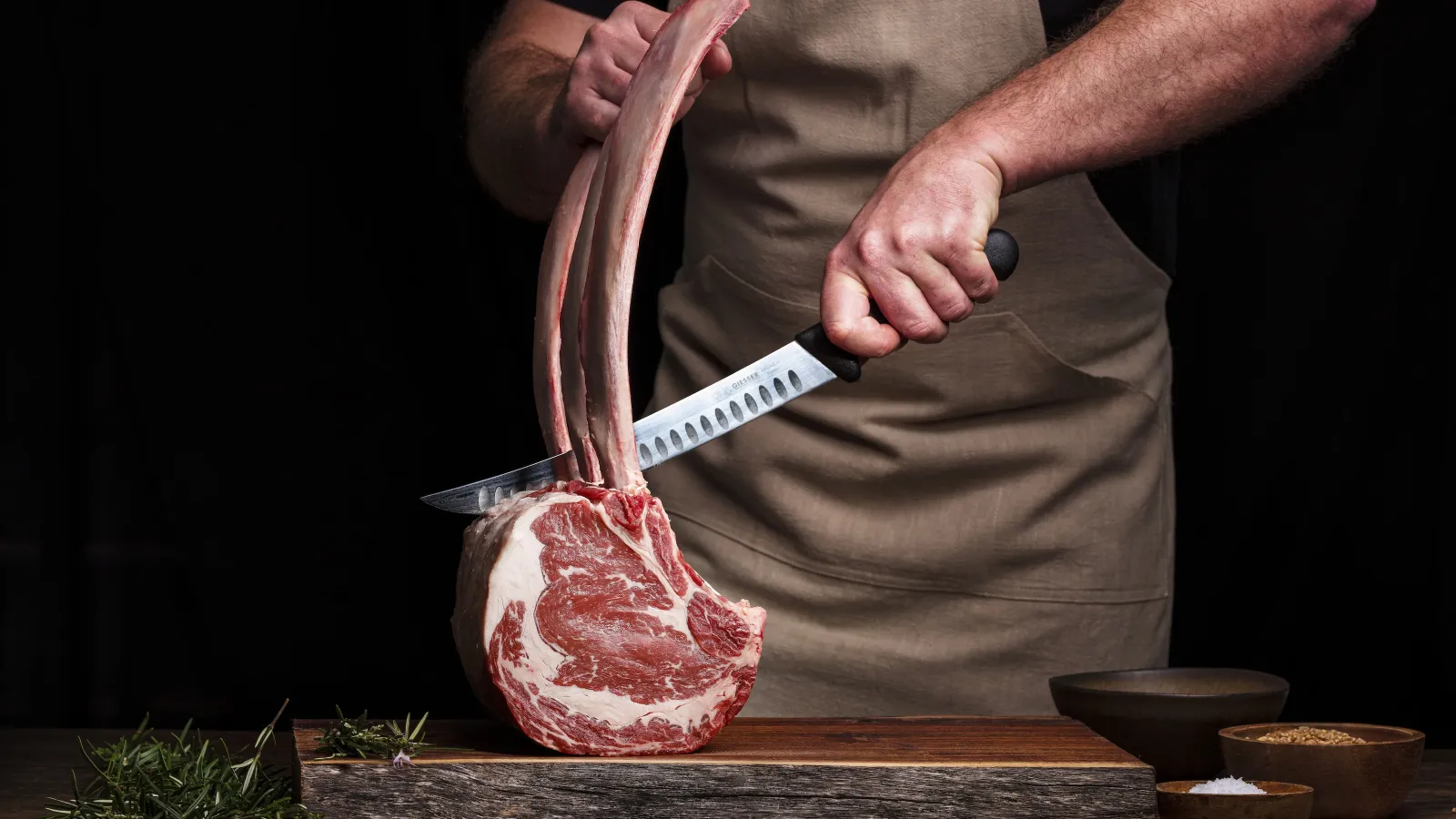
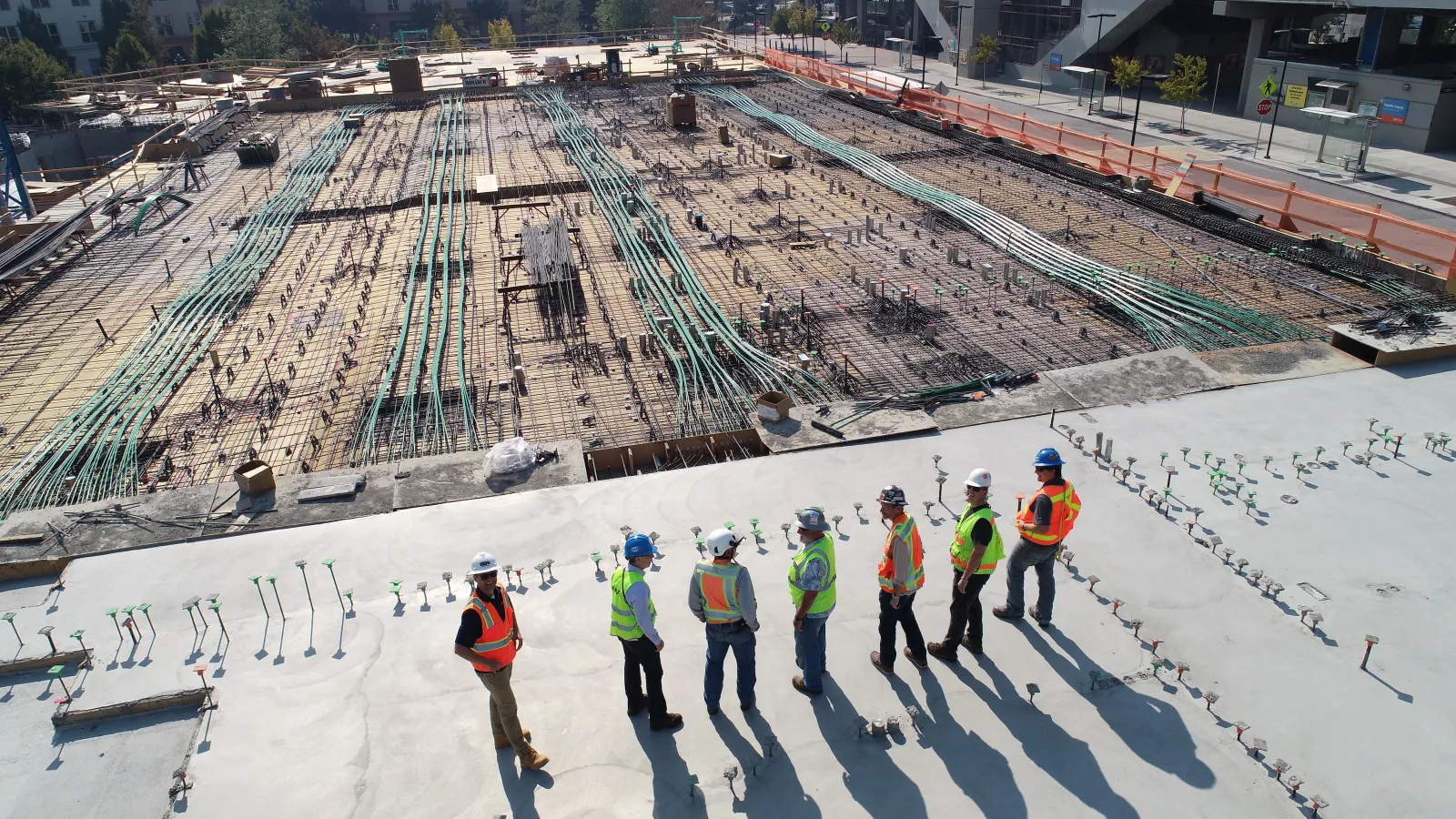
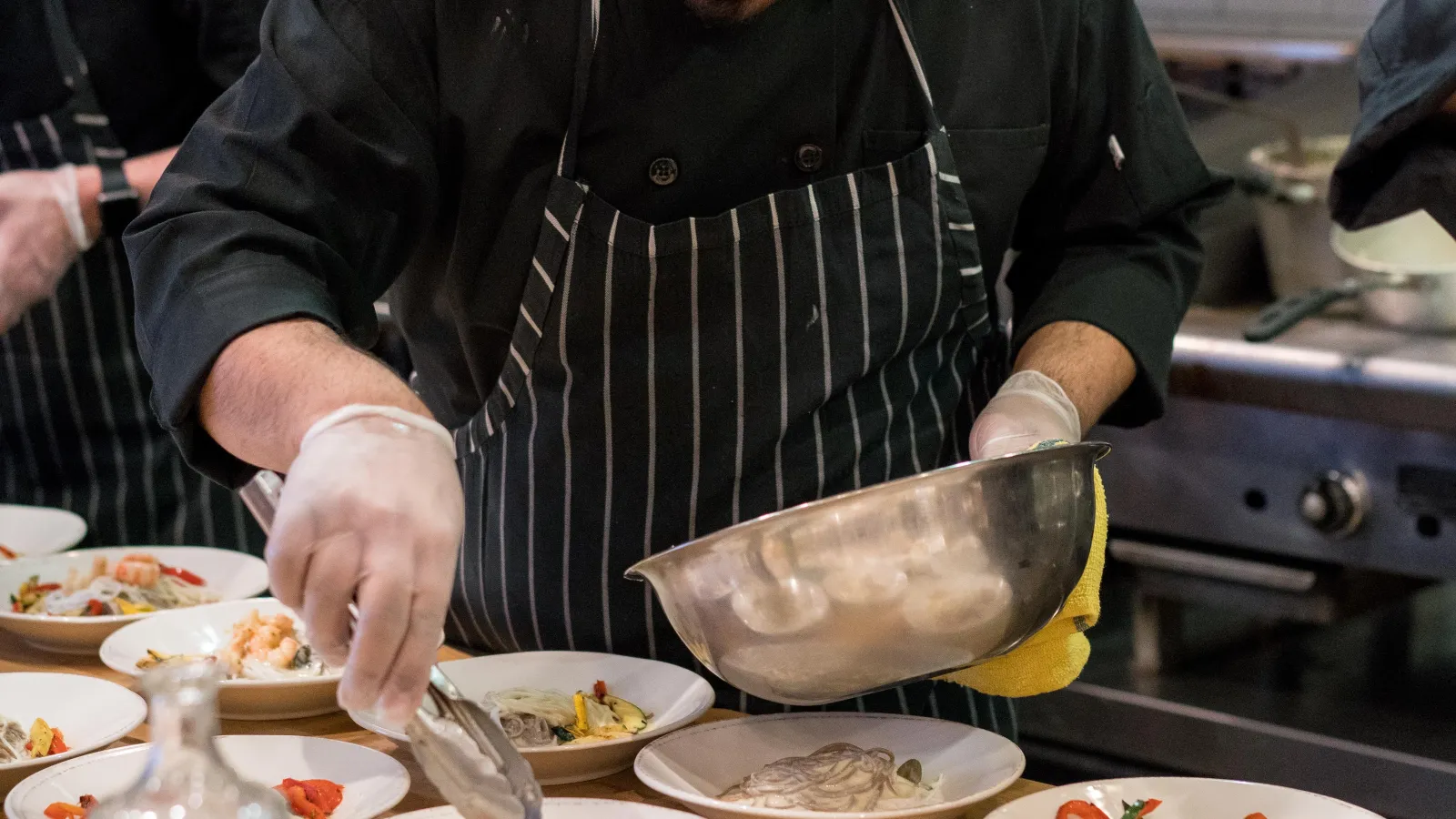
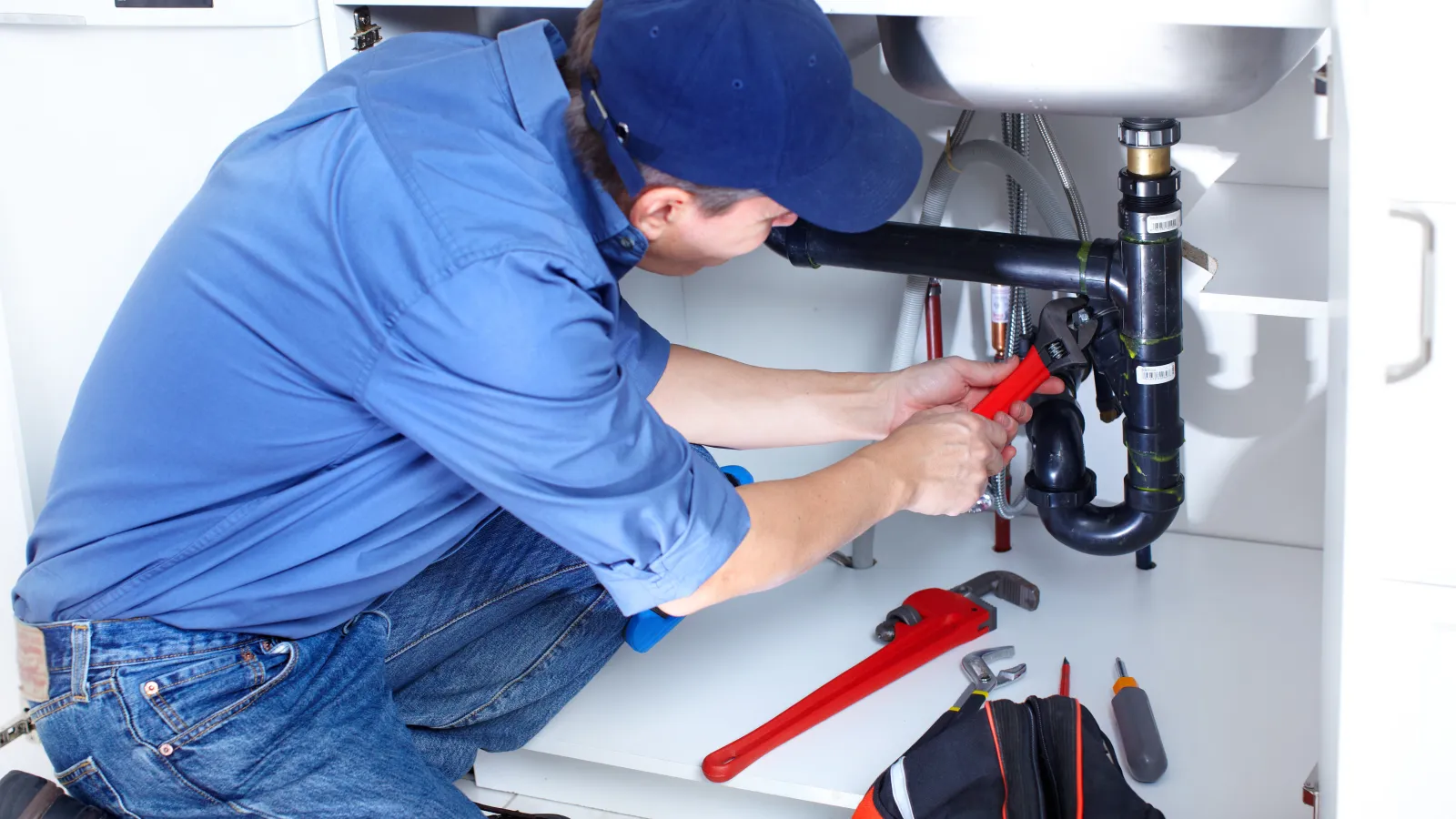
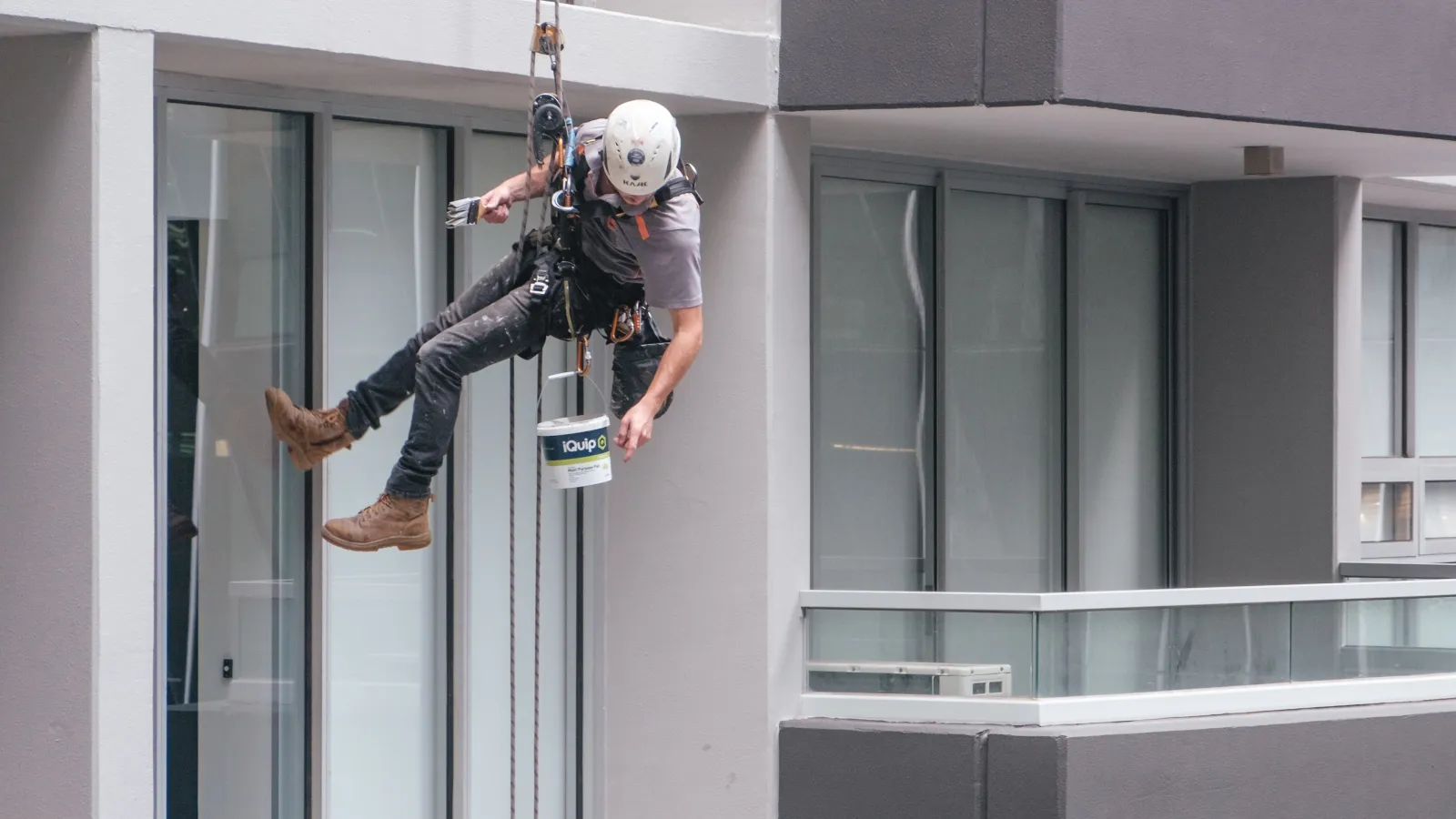
Causes of Golfer’s Elbow
Regular computer user
Butcher
Construction worker
Cook
Plumber
Painter
Treating the Condition
There are several treatments available for addressing golfer's elbow. At Orthopaedic Specialists of Austin, we can provide:


